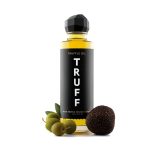
TRUFF Black Truffle Oil – Black Truffle Review truffle butter Buying Guide – Oemiu
TRUFF Black Truffle Oil and Beyond: A Comprehensive Guide
Truffles, the culinary gems hidden beneath the earth, have captivated chefs and food enthusiasts for centuries. Their unique aroma and flavor profile add an unparalleled level of sophistication to any dish. While fresh truffles can be prohibitively expensive and challenging to source, truffle-infused products offer a more accessible way to experience the magic of these subterranean delicacies. Among these, TRUFF Black Truffle Oil has emerged as a popular and recognizable brand, promising to elevate everyday meals into gourmet experiences. But does it live up to the hype? Is it worth the price? And how does it compare to other truffle-infused options, including the delectable world of truffle butter?
Decoding the Allure of Truffle Oil: TRUFF and Beyond
The story of truffle oil is a complex one, shrouded in both admiration and controversy. The intensity of the truffle flavor is what draws people in. The best truffle oils aim to deliver that without becoming artificial. Genuine truffle oil, ideally, should be crafted using real truffles—infused directly into a high-quality oil base. This infusion process allows the oil to absorb the truffle’s volatile aromatic compounds, creating a product that genuinely reflects the earthy, musky, and slightly garlicky notes of the truffle itself. The process of crafting truly exceptional truffle oil is lengthy and nuanced. From finding the ideal balance to extracting the aroma, it’s an artform. The result must be subtle and complex to elevate dishes rather than overwhelm them.
TRUFF Black Truffle Oil has successfully positioned itself as a premium product. Its sleek packaging and celebrity endorsements contribute to its perceived value. However, discerning consumers are increasingly curious about the ingredients and production methods behind this popular oil. The black truffle oil from TRUFF features a blend of olive oil, black truffle essence, and black truffle pieces. The key to understanding its flavor profile lies in the term “essence.” Most truffle oils, including TRUFF, rely on synthetic compounds like 2,4-dithiapentane to mimic the characteristic truffle aroma. While this compound is present in natural truffles, its synthetic production allows for a more consistent and potent flavor, albeit one that may lack the complexity and nuance of the real thing. Therefore, judging the quality of truffle oil depends on balancing the convenience and cost against the quality and purity of the product.
The aroma of TRUFF Black Truffle Oil is indeed powerful, capable of transforming simple dishes like pasta, eggs, or pizza into something seemingly more sophisticated. However, overuse can easily overwhelm a dish, resulting in an artificial and unpleasant experience. A little goes a long way, and careful application is key to unlocking its potential. The texture can also be a clue. Some consumers enjoy the presence of actual truffle pieces in the oil, while others find them distracting. Ultimately, the best truffle oil is the one that best suits individual taste preferences and culinary applications. Exploring beyond TRUFF to compare different brands and truffle varieties, such as white truffle oil, is recommended to broaden one’s appreciation for the nuanced world of truffle flavor.
Truffle Butter: A Creamy Culinary Indulgence
While truffle oil offers a versatile way to add truffle flavor to a variety of dishes, truffle butter takes the experience to a richer and more decadent level. The marriage of creamy, high-quality butter and fragrant truffles creates a luxurious spread that elevates everything from simple toast to grilled meats and vegetables. The best truffle butter uses real truffle pieces or truffle paste blended into unsalted butter, allowing the truffle flavor to shine through without being masked by excessive saltiness. This blend should be homogeneous and stable at different temperatures, neither separating nor becoming overly hard when cold. The ideal texture is smooth and spreadable, allowing it to melt effortlessly into warm dishes.
When selecting truffle butter, consider the type of truffle used. Black truffle butter is typically more readily available and offers a bolder, earthier flavor. White truffle butter, on the other hand, is more delicate and aromatic, boasting a subtle garlic-like nuance. The proportion of truffle to butter is also crucial. A higher concentration of truffle will result in a more intense flavor, while a lower concentration may be more suitable for those who prefer a milder truffle experience. The base butter is critical to achieving the desired outcome. The best approach involves using European-style butter. The higher fat content gives it a creamier texture and richer flavor, which nicely complements the truffle’s aroma. One can also look for butter with no additional additives or preservatives, so that the truffle flavor stands out. This allows the butter to showcase the nuances of the truffle itself.
Truffle butter is incredibly versatile in the kitchen. Spread it on crusty bread for a simple yet elegant appetizer, melt it over grilled steak or roasted chicken for a restaurant-quality finish, or toss it with freshly cooked pasta for a quick and flavorful weeknight meal. It is also delicious when used to saute mushrooms or vegetables. Adding a small pat of truffle butter on top just before serving can be transformative. The warmth unlocks the aromatics and infuses the food with a rich, savory essence. Truffle butter should be stored in the refrigerator, ideally in an airtight container, to prevent it from absorbing other odors. When storing truffle butter, make sure the lid is secure, as truffles can have a strong smell that can permeate your refrigerator.
Choosing Your Truffle Adventure: Oil vs. Butter vs. Fresh Truffles
The decision between truffle oil, truffle butter, and fresh truffles ultimately depends on your budget, culinary goals, and desired level of intensity. Fresh truffles, of course, offer the most authentic and complex truffle experience. However, they are expensive, seasonal, and require special handling to preserve their delicate aroma. When using fresh truffles, it is recommended to use them immediately to fully take advantage of their unique smell and flavor. This should be done as soon as possible after receiving them. Store truffles properly in the interim by wrapping them gently with a paper towel and placing them in an airtight container in the refrigerator.
For those seeking a more accessible and budget-friendly option, truffle oil and truffle butter provide convenient ways to incorporate truffle flavor into everyday cooking. Truffle oil is best suited for adding a finishing touch to dishes, drizzled over pasta, salads, or soups. It can also be used to enhance the flavor of sauces and dressings. As mentioned before, its use should be approached with caution due to its potentially overpowering nature. Truffle butter, on the other hand, offers a richer and more decadent experience, perfect for spreading, melting, or incorporating into sauces. It can transform a simple piece of toast into a gourmet delight and elevates grilled meats and vegetables to new heights.
The choice between oil and butter often comes down to personal preference and the specific dish you’re preparing. Truffle oil tends to be more versatile and can be used in a wider range of applications. Truffle butter, on the other hand, is best suited for dishes where richness and creaminess are desired. Think about your long-term goals. Truffle butter, for example, could be a fantastic addition to a cheese board. No matter which approach you choose, buying from reputable brands is critical to guarantee authenticity and quality. Look for products that use real truffles, even if in small quantities, and avoid those that rely solely on synthetic flavoring. Experiment with different truffle varieties and products to discover your personal preferences and unlock the full potential of this extraordinary ingredient. When searching, consider trying some different options to get a sense of which black truffle butter is right for you.
| Product | Price (Approximate) | Pros | Cons | Best Use |
|---|---|---|---|---|
| TRUFF Black Truffle Oil (6 oz) | $30 | Widely available, consistent flavor, attractive packaging | Relies on truffle essence, can be overpowering | Finishing oil for pasta, pizza, eggs |
| Truffle Butter (3 oz) | $20 | Rich, decadent flavor, versatile | Can be expensive, needs refrigeration | Spreading, melting over meats/vegetables, pasta sauces |
| Fresh Black Truffle (1 oz) | $100+ (Seasonal) | Authentic flavor, unparalleled aroma | Expensive, perishable, requires special handling | Shaving over pasta, risotto, eggs |
Maximizing Your Truffle Experience: Tips and Tricks
Regardless of whether you choose truffle oil, truffle butter, or fresh truffles, there are several tips and tricks that can help you maximize your truffle experience. First and foremost, remember that less is more. Truffle flavor is potent, and overuse can easily overwhelm a dish. Start with a small amount and gradually add more until you achieve the desired level of intensity. When using truffle oil, drizzle it sparingly over the finished dish rather than cooking with it. Heat can degrade the delicate aromatic compounds, diminishing the flavor. This will help to maintain its distinctive aroma and flavor. The flavor is best enjoyed uncooked.
When using truffle butter, melt it gently over warm dishes or incorporate it into sauces at the end of cooking. Avoid high heat, which can cause the butter to separate and lose its flavor. For fresh truffles, use a truffle shaver to create thin, delicate slices that release the maximum aroma. Shave the truffles over the dish just before serving to preserve their fragrance. Storing your truffle products properly is also essential. Truffle oil should be stored in a cool, dark place away from direct sunlight. Truffle butter should be refrigerated in an airtight container. Fresh truffles should be wrapped in paper towels and stored in a sealed container in the refrigerator, ideally consumed within a few days of purchase.
Experiment with different truffle varieties and flavor combinations to discover your personal preferences. Black truffles pair well with earthy flavors like mushrooms, potatoes, and eggs, while white truffles complement more delicate flavors like seafood, pasta, and risotto. Consider also other ways of serving truffle, such as truffle salt. Don’t be afraid to get creative and try incorporating truffle flavor into unexpected dishes. A touch of truffle oil can elevate a simple grilled cheese sandwich, while truffle butter can add a luxurious twist to mashed potatoes. Ultimately, the key to maximizing your truffle experience is to approach it with an open mind and a willingness to experiment. You can also try mixing your own black truffle infused butter by combining butter and truffle paste.
The Future of Truffle: Sustainability and Innovation
As the demand for truffles continues to grow, sustainability and innovation are becoming increasingly important considerations. The traditional method of truffle hunting, which relies on trained dogs or pigs to locate the hidden fungi, can be environmentally damaging if not practiced responsibly. Over-harvesting and habitat destruction can threaten truffle populations and disrupt the delicate ecosystem they rely on. The environmental impact of sourcing and using truffles has raised some questions. Some farmers engage in sustainable practices to maintain the health of their truffle forests. These include careful harvesting techniques, responsible land management, and reforestation efforts.
Sustainable truffle farming practices are crucial for ensuring the long-term availability of this valuable resource. These practices include planting truffle-inoculated trees in suitable soil conditions, managing the forest floor to promote truffle growth, and carefully monitoring and harvesting truffles to avoid damaging the surrounding environment. Innovation is also playing a role in the future of truffle production. Researchers are exploring new methods of truffle cultivation, including indoor farming techniques and genetic engineering, to increase yields and improve truffle quality. These advancements could potentially reduce the reliance on wild-harvested truffles and minimize the environmental impact of truffle production. Also, there are different approaches to crafting truffle oil and truffle butter that are more sustainable. Using responsibly sourced ingredients is key. Look for transparent supply chains and environmentally friendly packaging when purchasing truffle products.
The rise of lab-grown truffles represents another potential avenue for sustainable truffle production. While still in its early stages, this technology could offer a way to produce truffles without the need for extensive land use or environmentally damaging harvesting practices. As consumers become more aware of the environmental and ethical considerations surrounding truffle production, they are increasingly demanding sustainable and transparent sourcing practices. By supporting truffle farmers and producers who prioritize sustainability, we can help ensure that these culinary treasures remain available for generations to come. The future of truffles is about ensuring both culinary enjoyment and long-term sustainability. When exploring truffle butter options, be sure to read reviews to find the perfect brand for your needs.
Frequently Asked Questions (FAQ)
What exactly is truffle oil, and how is it made?
Truffle oil is a culinary oil that is infused with the flavor and aroma of truffles. There are two primary methods of production: one involves infusing oil with actual truffle pieces, allowing the oil to absorb the truffle’s volatile compounds naturally. This is generally considered the higher-quality method, as it captures the authentic essence of the truffle. However, it’s also more expensive due to the cost of the truffles themselves. The other, more common method uses synthetic truffle aroma compounds, such as 2,4-dithiapentane, to mimic the truffle flavor. This compound is found naturally in truffles, but it can be produced synthetically on a much larger and more cost-effective scale. The resulting oil is often more intensely flavored than naturally infused oil, but it may lack the complexity and nuance of the real thing. The quality of the base oil also plays a role, with high-quality olive oil often being preferred.
Is TRUFF Black Truffle Oil “real” truffle oil?
TRUFF Black Truffle Oil uses a blend of olive oil, black truffle essence, and black truffle pieces. It relies on “truffle essence,” which typically refers to synthetic truffle aroma compounds. While it does contain real black truffle pieces, the primary source of its distinctive truffle flavor is the added essence. Therefore, while not a “pure” truffle oil derived solely from truffle infusion, it provides a truffle-like experience. Whether it’s considered “real” depends on your definition and expectations. It is certainly a popular product known for its strong and consistent flavor, but purists might prefer oils made with a higher concentration of actual truffles. The label will give more insight into the quality of the ingredients.
What’s the difference between black truffle and white truffle, and how does it affect truffle butter?
Black truffles and white truffles are distinct varieties of truffles with different flavor profiles and culinary uses. Black truffles (Tuber melanosporum), often called Périgord truffles, have a more earthy, musky, and robust flavor with subtle hints of chocolate and nuts. They are typically more affordable and readily available than white truffles. White truffles (Tuber magnatum), known as Alba truffles, possess a more delicate, garlicky, and pungent aroma. They are highly prized and considered a culinary delicacy, commanding a premium price. In truffle butter, the type of truffle used significantly impacts the final flavor. Black truffle butter will have a bolder, earthier taste, while white truffle butter offers a more subtle and aromatic experience. The concentration of truffle in the butter also influences the flavor intensity.
How should I store truffle oil and truffle butter?
Proper storage is essential for preserving the flavor and quality of truffle oil and truffle butter. Truffle oil should be stored in a cool, dark place away from direct sunlight and heat. This helps prevent oxidation and degradation of the delicate aromatic compounds. An airtight container is recommended to prevent the oil from absorbing other odors. Refrigeration is generally not necessary, but it can extend the shelf life of the oil. Truffle butter, on the other hand, must be stored in the refrigerator in an airtight container. This prevents the butter from melting, spoiling, or absorbing other flavors in the refrigerator. It’s best to use the truffle butter within a few weeks of opening to ensure optimal flavor and freshness. Consider wrapping the container to give it extra protection from odor absorption.
What are some creative ways to use truffle oil and truffle butter in cooking?
The culinary possibilities with truffle oil and truffle butter are vast and versatile. For truffle oil, try drizzling it over pasta, risotto, pizza, scrambled eggs, popcorn, or roasted vegetables as a finishing touch. It can also be used to enhance the flavor of sauces, dressings, and dips. Be mindful of the amount used, as its flavor is potent. Truffle butter can be spread on crusty bread, melted over steak, chicken, or fish, or tossed with pasta for a quick and flavorful meal. It can also be used to sauté mushrooms, vegetables, or omelets, adding a touch of luxury. Consider incorporating it into mashed potatoes, polenta, or risotto for a creamy and decadent twist. Experiment with different flavor combinations to discover your personal preferences.
Is it possible to make truffle butter at home?
Yes, making truffle butter at home is surprisingly easy and allows you to control the quality and intensity of the truffle flavor. The basic recipe involves combining unsalted butter with either truffle paste, minced fresh truffles, or truffle oil. Soften the butter to room temperature and then blend it thoroughly with your chosen truffle ingredient. For truffle paste or minced fresh truffles, start with a small amount (e.g., 1-2 teaspoons per stick of butter) and adjust to taste. For truffle oil, drizzle it in gradually while mixing, being careful not to add too much. Once the ingredients are fully combined, shape the butter into a log or place it in a container and refrigerate until firm. Homemade truffle butter can be stored in the refrigerator for up to a week.
What are some ethical and sustainability considerations when buying truffle products?
As demand for truffles grows, ethical and sustainability concerns become increasingly relevant. Truffle hunting practices can be environmentally damaging if not done responsibly, potentially leading to over-harvesting and habitat disruption. When purchasing truffle products, consider looking for brands that prioritize sustainable sourcing practices, such as responsible harvesting techniques, reforestation efforts, and transparent supply chains. Look for certifications or labels that indicate the truffles were harvested in an environmentally friendly manner. Opt for products that use real truffles whenever possible, even if in small quantities, rather than relying solely on synthetic flavoring. Support local truffle farmers and producers who prioritize sustainable practices. Being a conscious consumer can help protect truffle populations and the delicate ecosystems they rely on.
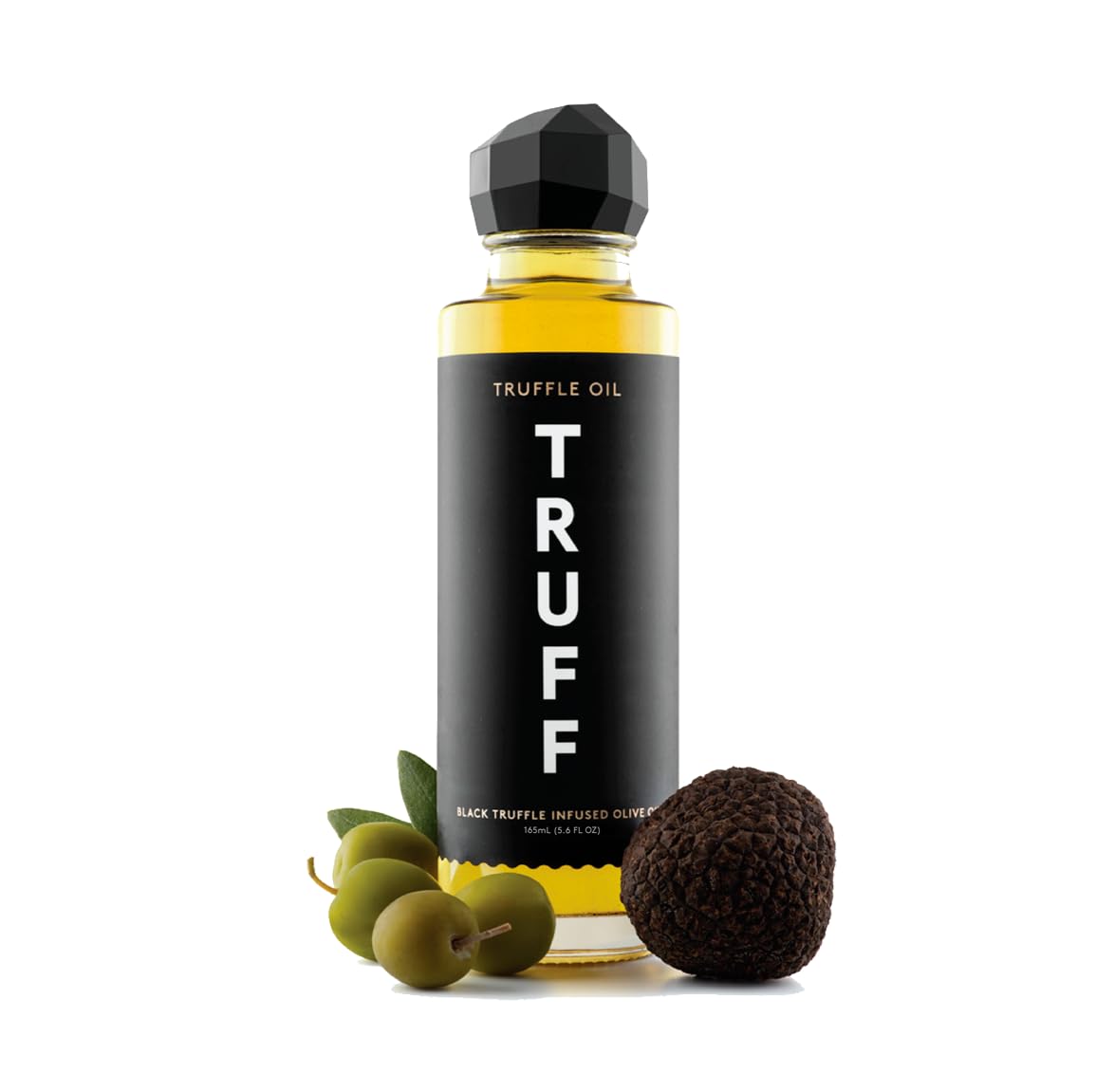
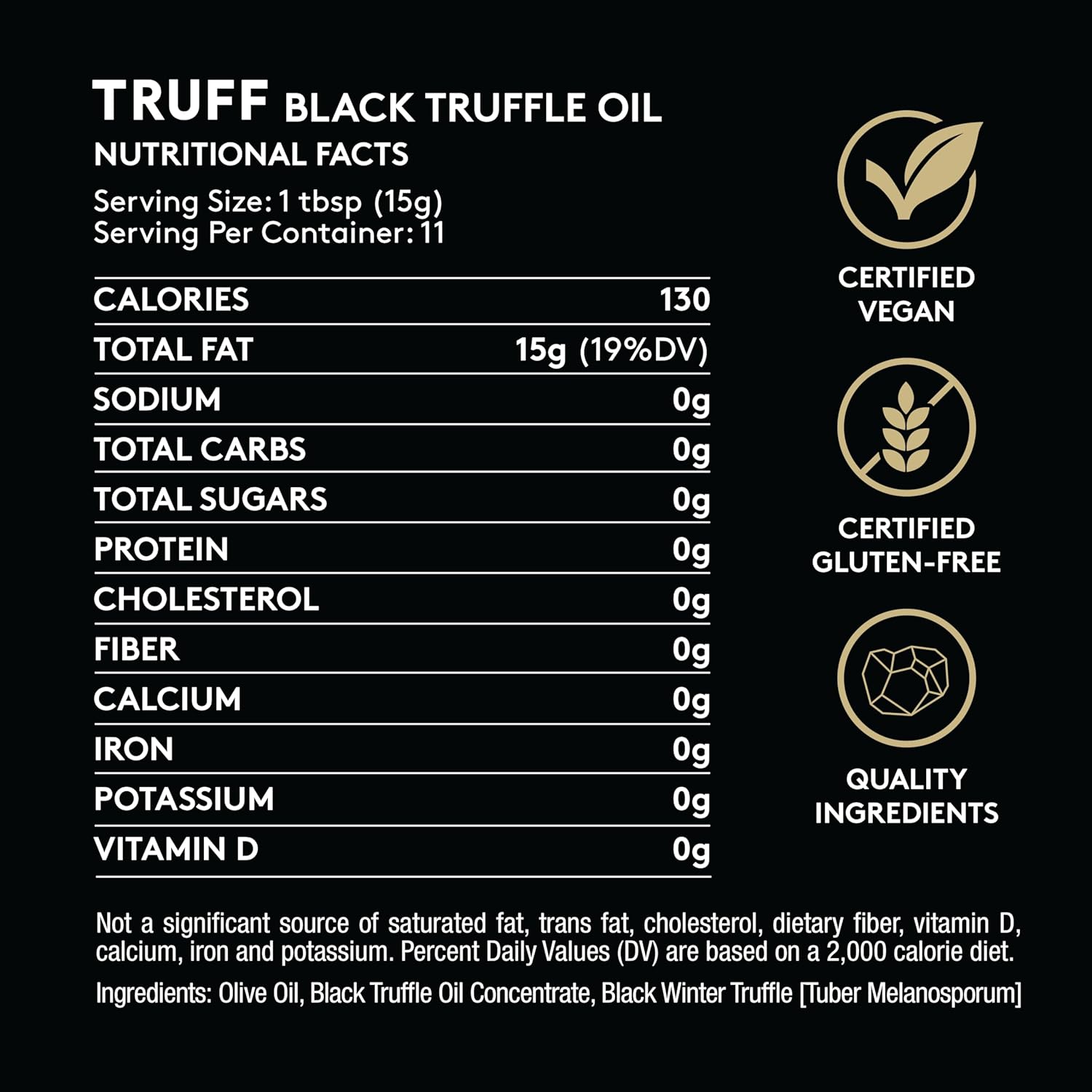
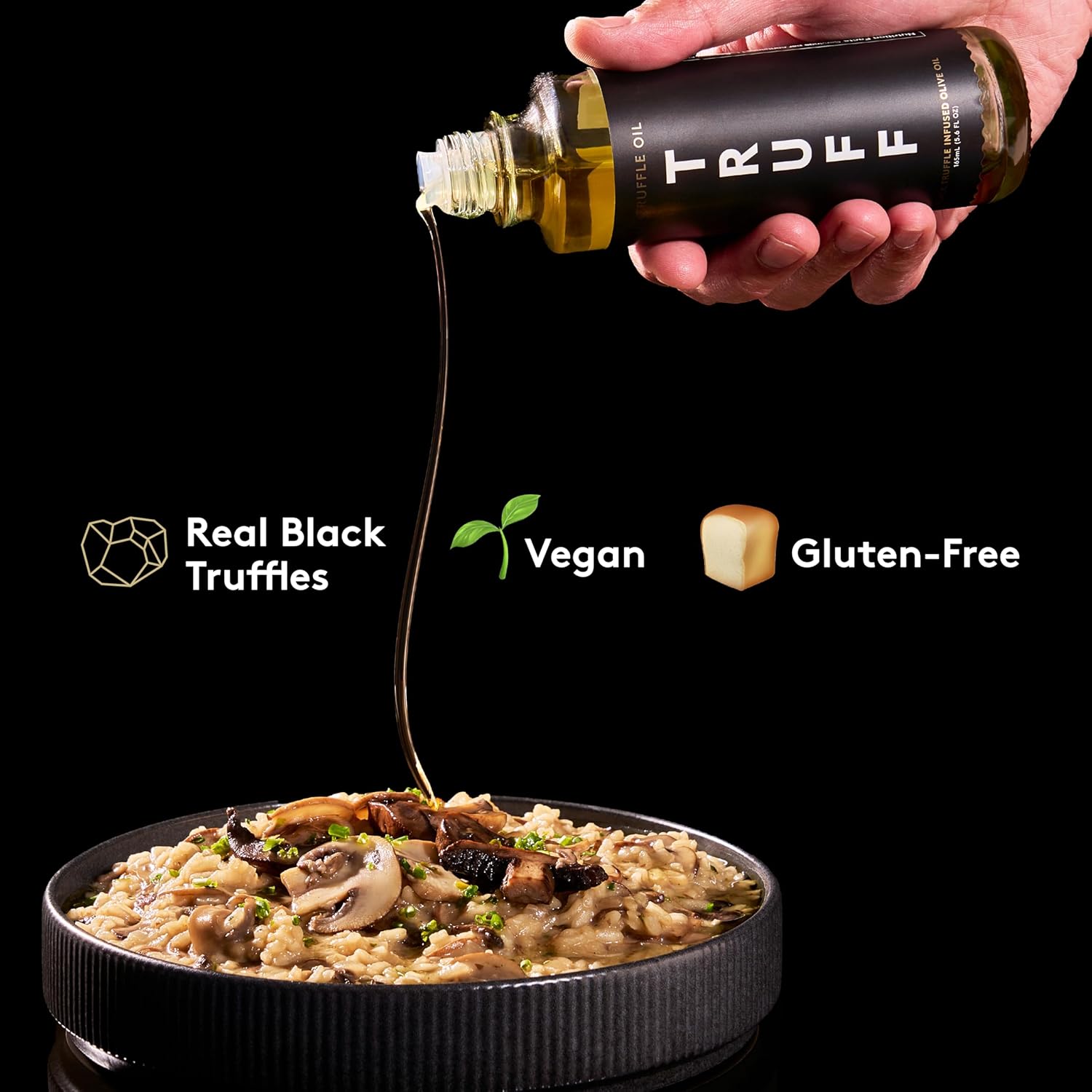


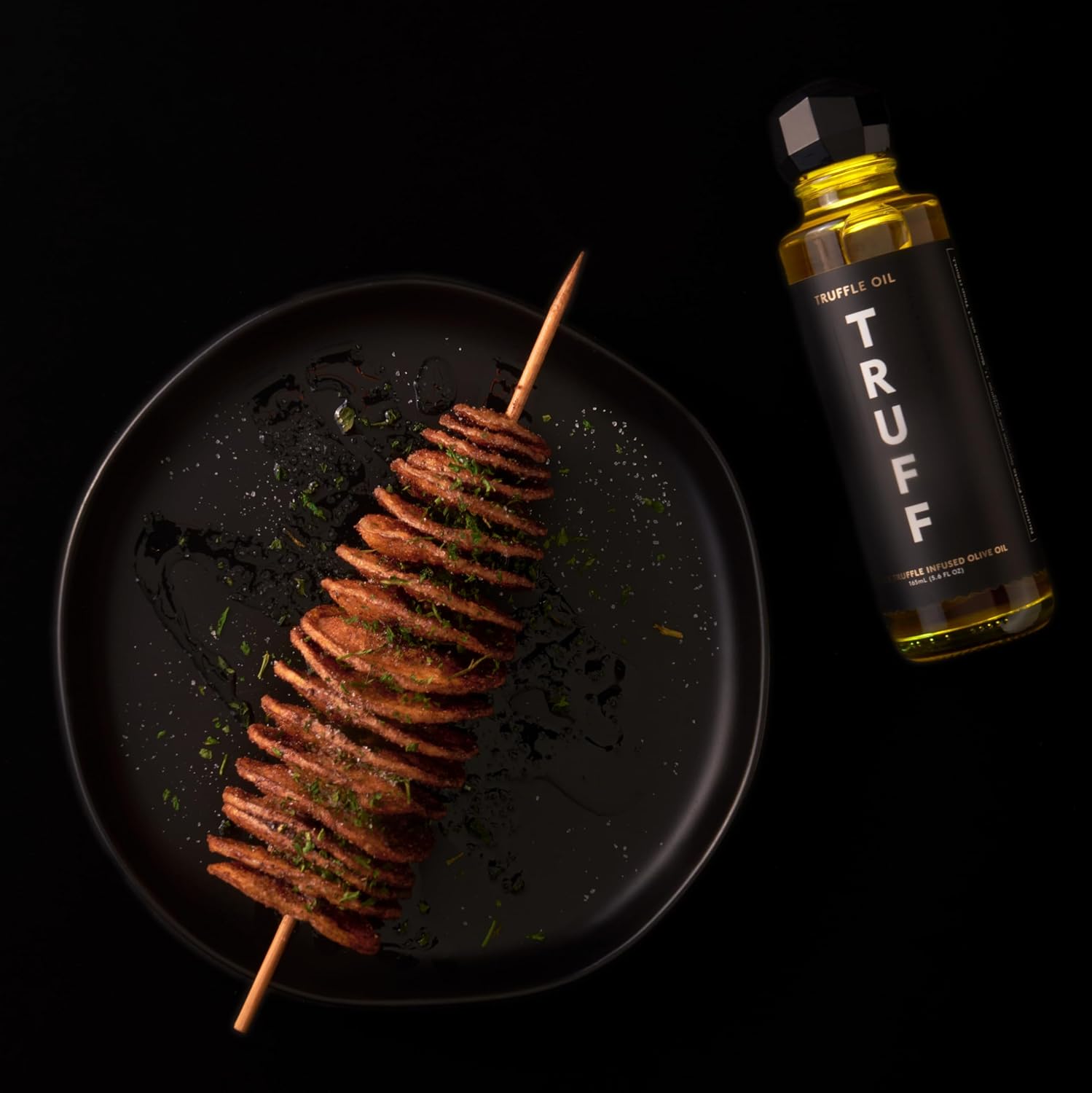
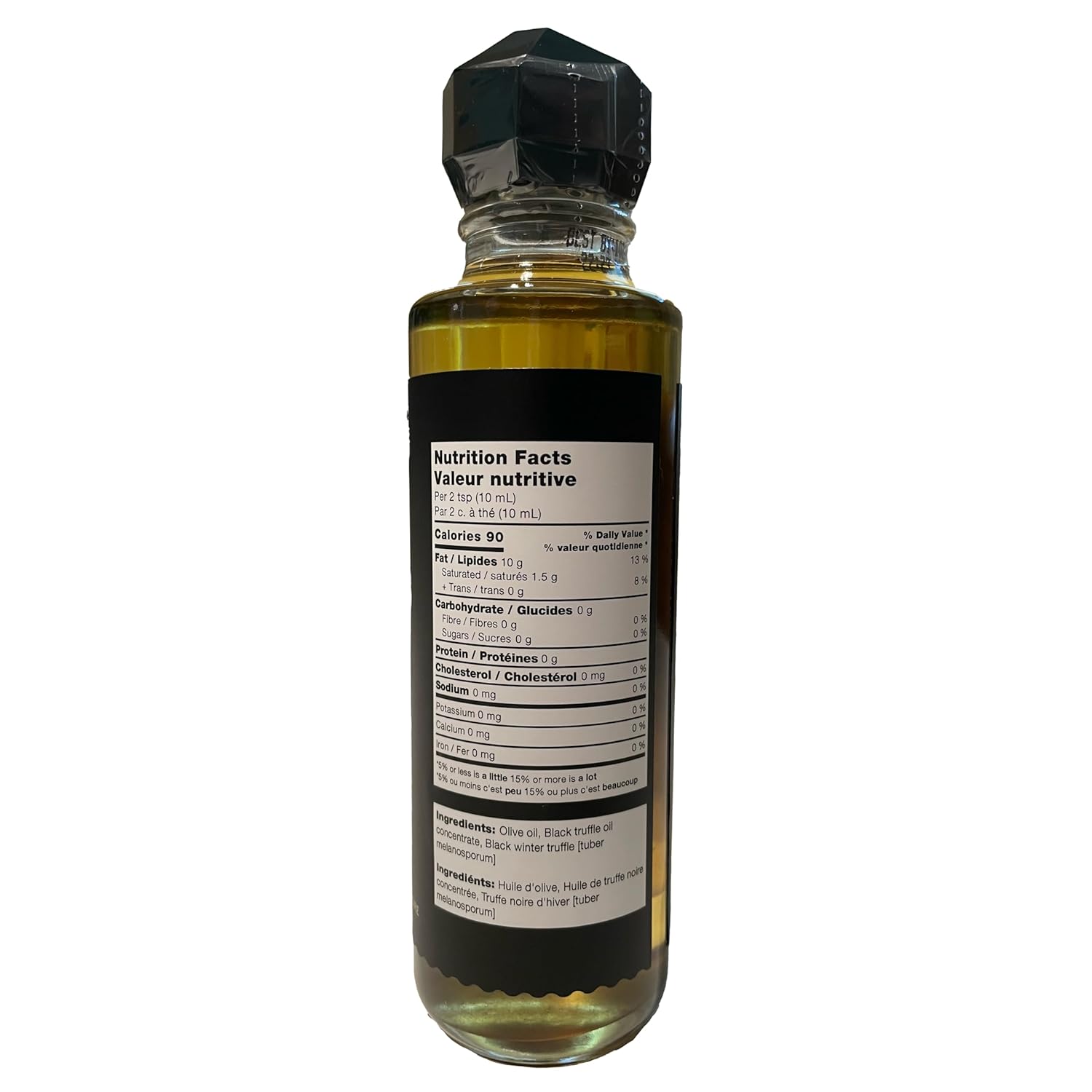
Price: $18.99 - $14.99
(as of Sep 04, 2025 13:37:36 UTC – Details)




